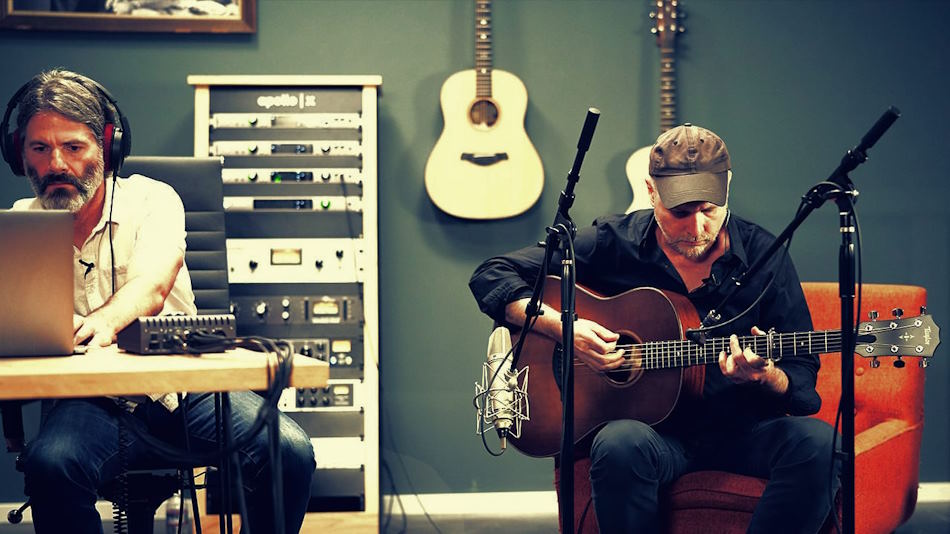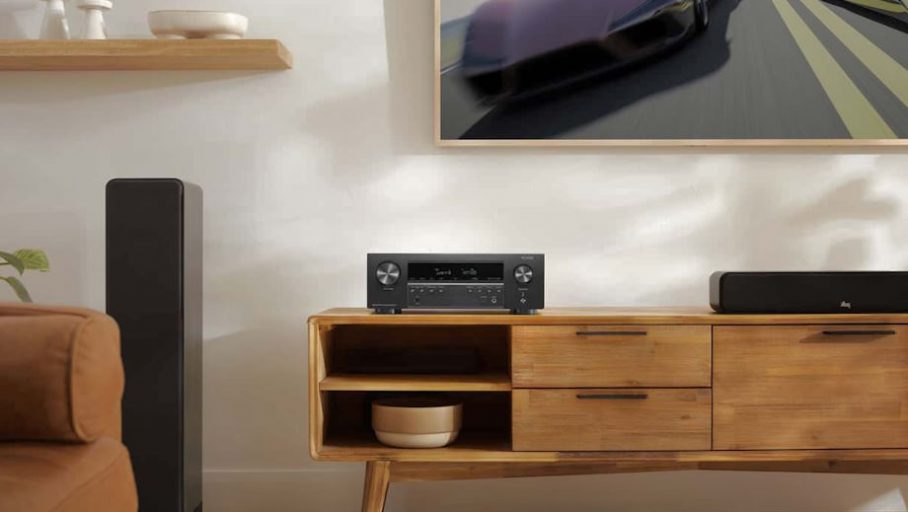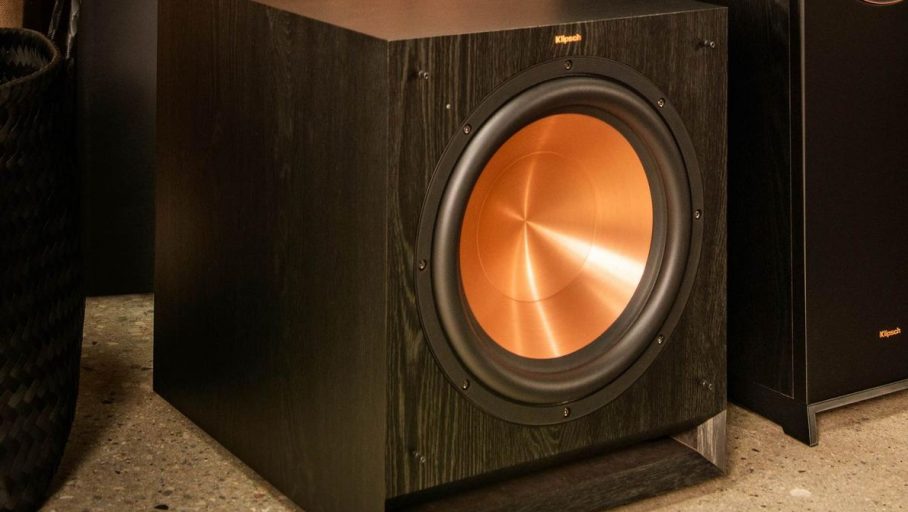In the realm of music production, the acoustic guitar stands as a versatile and emotive instrument, capable of conveying a myriad of feelings and moods. Whether you are a seasoned recording engineer or an aspiring musician looking to create pristine and authentic recordings, understanding the nuances of recording techniques is paramount.
Setting the Stage
Picture this: a cozy studio bathed in warm light, the air resonating with the rich, natural tones of an acoustic guitar. Achieving such an immersive sonic experience requires more than just hitting the record button—it demands a thoughtful and informed approach to the entire recording process. Low Gear Band articles explore the nuanced symphony created by the acoustic guitar, weaving together its intrinsic qualities, the unique recording environment, and the deliberate choices shaping the production journey. In the following pages, we will embark on a journey through the essential elements of recording acoustic guitars, unraveling the mysteries behind selecting the right gear, optimizing the recording space, and employing advanced techniques to bring out the instrument’s true essence. Whether you are aiming for a crisp and detailed sound or a more ambient and spacious feel, the techniques discussed here will serve as your compass in navigating the path toward a captivating and authentic acoustic guitar recording.
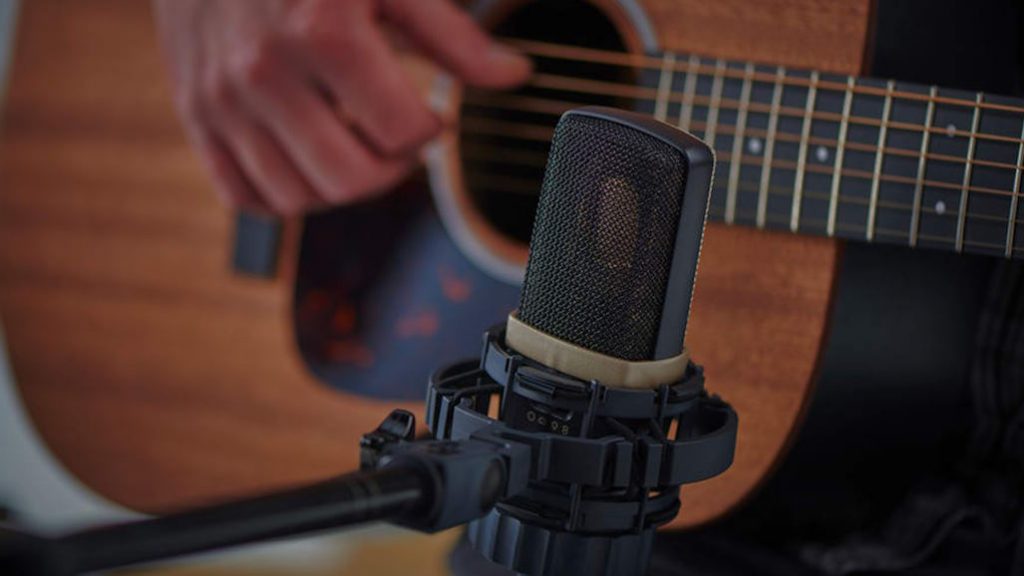
Selecting the Right Guitar and Strings
The foundation of a great acoustic guitar recording begins with the instrument itself. Different guitars offer distinct tonal qualities, and choosing the right one can significantly impact the final result. Explore the tonal characteristics of various acoustic guitars—dreadnoughts, jumbos, parlors—and select the one that complements the mood of your composition.
Equally important is the choice of strings. The type of strings you use can influence the brightness, warmth, and sustain of the guitar. Experiment with different materials and gauges to find the perfect match for your desired tone. Remember, a well-matched guitar and string combination lays the groundwork for a vibrant and natural recording.
Room Selection and Acoustic Considerations
The environment in which you record plays a crucial role in shaping the acoustic guitar’s tone. Before hitting the record button, assess the acoustics of the room. Large, open spaces may introduce unwanted reverb, while small rooms can result in a boxy sound. Strive for a balanced room with controlled reflections to capture the natural resonance of the guitar.
Consider the placement of the guitar within the room and experiment with microphone positioning to find the sweet spot. Sometimes, a simple adjustment to the recording environment can make a world of difference in achieving a natural and vibrant acoustic tone.
Techniques for Stereo Recording
For a more immersive acoustic guitar experience, delve into the realm of stereo recording. Stereo miking techniques can widen the sonic image, providing a sense of space and depth. Techniques like the XY configuration, ORTF, and spaced pair offer unique sonic characteristics.
Stereo recording is particularly effective for capturing the natural ambiance of acoustic guitars, making the listener feel as though they are present in the room with the instrument. Experiment with different stereo setups to find the one that enhances the emotional impact of your composition.
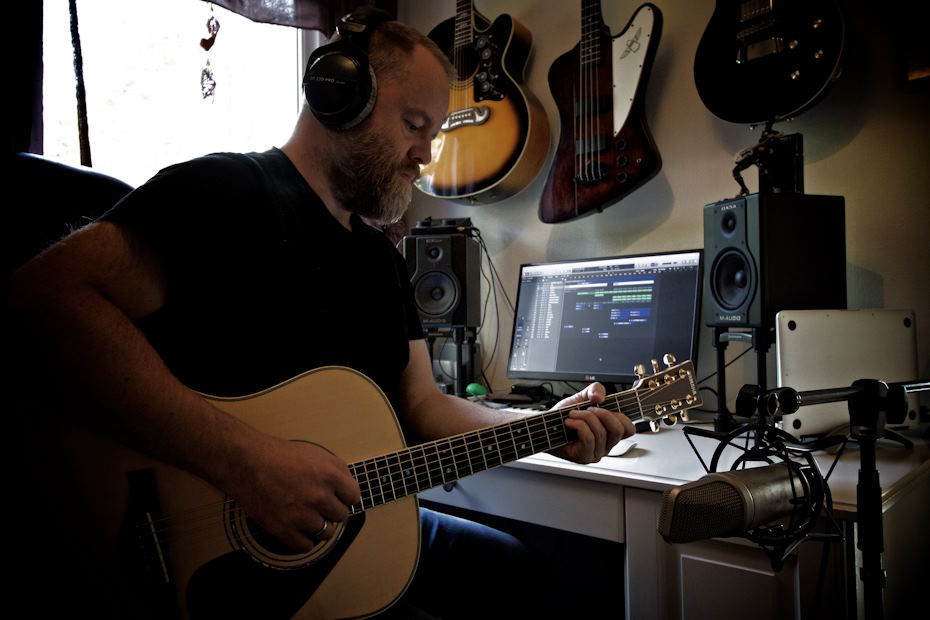
Preamp and EQ Settings
The journey from microphone to recording software involves the preamp, a crucial component that shapes the signal’s character. Selecting the right preamp can add warmth and color to your acoustic guitar recordings. Tube preamps, in particular, are known for their ability to impart a pleasing harmonic richness.
After capturing the raw signal, careful EQ adjustments can enhance the natural qualities of the acoustic guitar. Tweak the EQ settings to highlight the instrument’s strengths and address any tonal imbalances. Strive for a balanced frequency spectrum that allows each note to shine.
Utilizing Room Mics and Ambient Techniques
To elevate your acoustic guitar recordings to the next level, consider incorporating room mics and ambient recording techniques. Room mics capture the natural reverb and ambience of the recording space, adding a sense of realism to the final mix.
Experiment with ambient recording techniques, such as using omnidirectional microphones or capturing reflections off nearby surfaces. The goal is to strike a balance between the direct sound of the guitar and the surrounding space, creating a dynamic and engaging sonic landscape.
Common Mistakes to Avoid
Even with the best intentions, common mistakes can hinder the quality of your acoustic guitar recordings. Avoid issues such as over-compression, improper gain staging, and neglecting the importance of tuning. Take the time to address these pitfalls during the recording process to ensure a polished and professional outcome.
Additionally, be mindful of the recording environment, as external noises and distractions can compromise the purity of your recordings. Invest in quality cables and equipment to maintain signal integrity and minimize unwanted noise.

